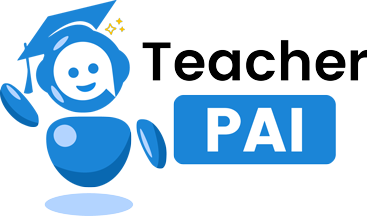"Challenges to Triumph."
Pathway to Power is a focused support and empowerment program for K–12 students experiencing temporary housing instability or foster care placement. Working work with the school’s attendance team, each mentor is assigned to support a cohort of up to 15 students by 1. providing attendance and punctuality checks, including wake-up calls and home visits; 2. connecting them to academic resources and 3. engaging them in lunchtime and/or out-of-school time activities for social-emotional development and school connectedness.
Goals
- Strengthen academic stability and performance despite housing instability.
- Build self-advocacy, organizational, and life skills to support transitions.
- Cultivate meaningful relationships with trusted mentors and peers.
- Connect students with vital community resources for holistic support.
Skill Objectives
Participants will improve the following skills:
- Problem-solving skills – the ability to navigate the unique challenges faced by youth in temporary housing by analyzing options and applying effective strategies
- Research skills – the ability to investigate supportive services, educational opportunities, and community resources available to youth in transition
- Management skills – the ability to organize time, tasks, and responsibilities to strengthen stability and move toward long-term educational and career goals
Outcomes
- Improved school attendance and academic performance.
- Greater self-confidence, emotional regulation, and goal-setting capacity.
- Stronger bonds with supportive adults and increased access to services.
- Enhanced utilization of educational and supportive resources.
Benefits
Empirical research shows that programs targeting homeless youth:
- Improve attendance and engagement when school-based social workers or counselors provide classroom and out-of-classroom support (O’Hagan & Mirakhur, 2024; Steinhardt NYU, 2024).
- Reduce educational disruptions and dropout risks through trauma-informed, wraparound services and trusted adult connections (Learning Policy Institute, 2023).
- Support social–emotional development and literacy when early interventions specifically address the needs of students experiencing homelessness (Brumley et al., 2015; Learning Policy Institute, 2023).
References
- O’Hagan, K. G., & Mirakhur, Z. (2024). Staffing interventions to support students experiencing homelessness: Evidence from New York City (EdWorkingPaper No. 24-1078). Annenberg Institute at Brown University. https://doi.org/10.26300/6qdq-
vv37 (edworkingpapers.com) - Steinhardt School at NYU. (2024). Do “Bridging the Gap” social workers improve attendance? Research Alliance for New York City Schools. Retrieved from https://steinhardt.nyu.edu/
research-alliance/research/ spotlight-nyc-schools/do- bridging-gap-social-workers- improve-attendance (nyu.edu) - Learning Policy Institute. (2023). Supporting students experiencing homelessness: District approaches to supports and funding. Retrieved from https://
learningpolicyinstitute.org/ product/supporting-students- homelessness-brief(learningpol icyinstitute.org) - Brumley, B., Fantuzzo, J., & Perlman, S. (2015). The unique relations between early homelessness and educational well-being: An empirical test of the continuum of risk hypothesis. Children and Youth Services Review, 41, 20–27. https://doi.org/10.1016/j.
childyouth.2014.05.005 (pmc.ncbi.nlm.nih.gov)





